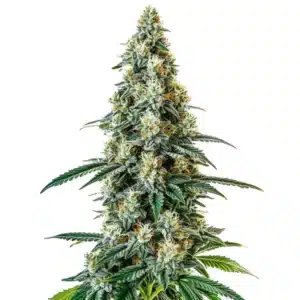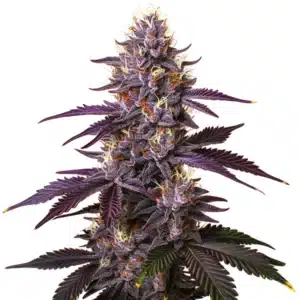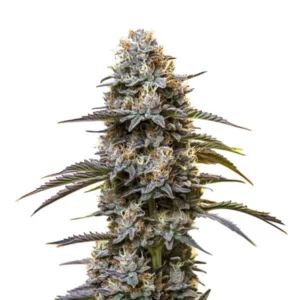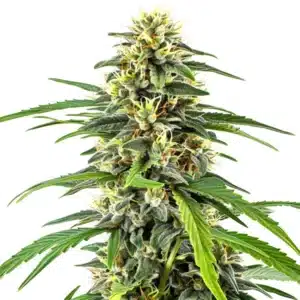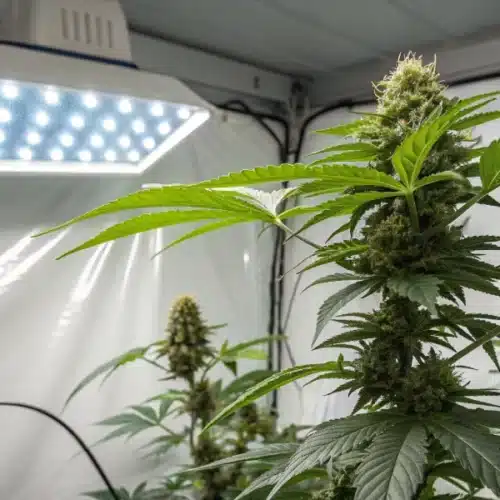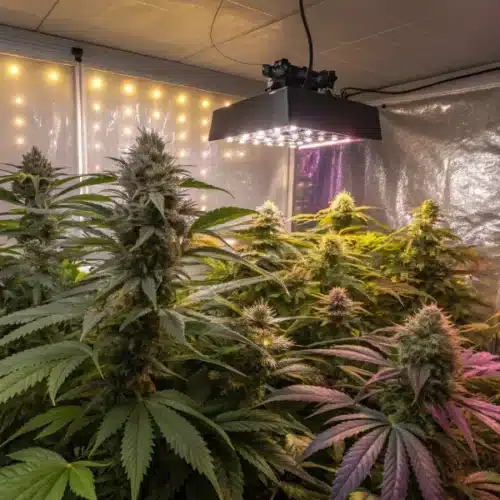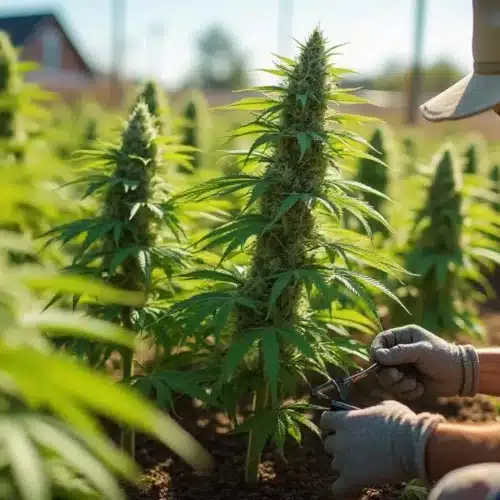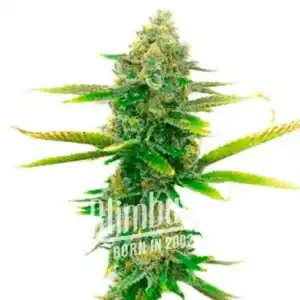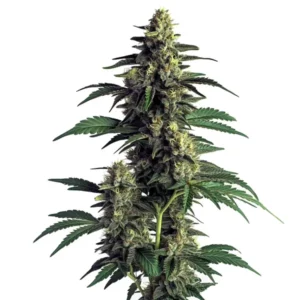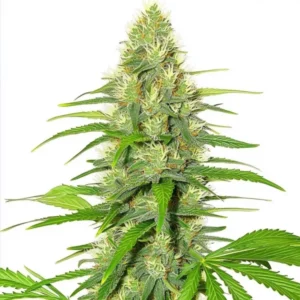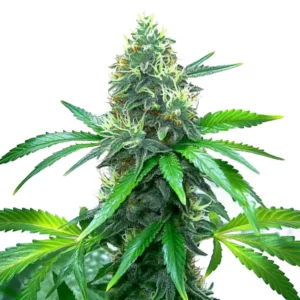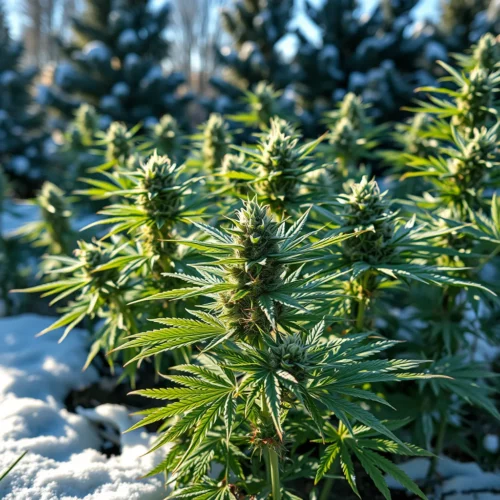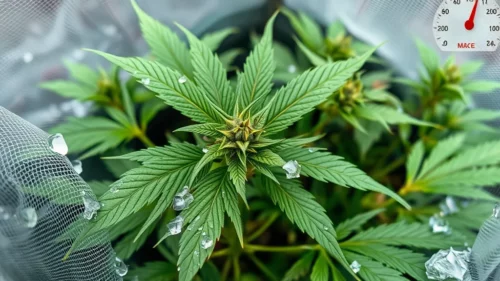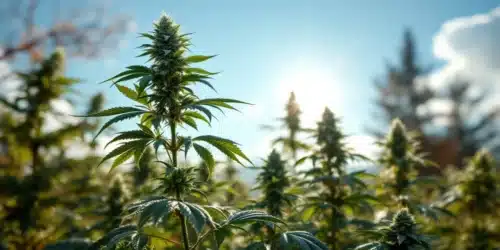Growing cannabis in colder regions can be quite an adventure, filled with unique challenges and rewarding experiences. With the right selection of seeds, you can cultivate healthy plants that produce impressive yields even in cooler temperatures. When it comes to outdoor growth in cold climates, choosing strains known for their hardiness and shorter flowering periods is crucial. This article explores some of the best outdoor seed options, delving into their unique characteristics and benefits that can help you succeed in your gardening journey.
Key Characteristics of Cold-Climate Strains
To thrive in colder environments, cannabis strains must exhibit several important traits. Look for resilience to lower temperatures, shorter growth cycles, and natural resistance to both mold and pests. Many cold-climate strains are also autoflowering, which means they transition from the vegetative phase to flowering based on age rather than light cycles. This unique feature makes them particularly suitable for regions with shorter growing seasons.
Cold-climate strains not only demonstrate robustness but also offer interesting flavor profiles and effects. Plants that have adapted to their environments often develop intriguing taste combinations, providing a diverse palette for growers. By selecting a strain that aligns with your personal preferences in flavor and effect, you can enhance your overall experience while cultivating a rewarding garden.
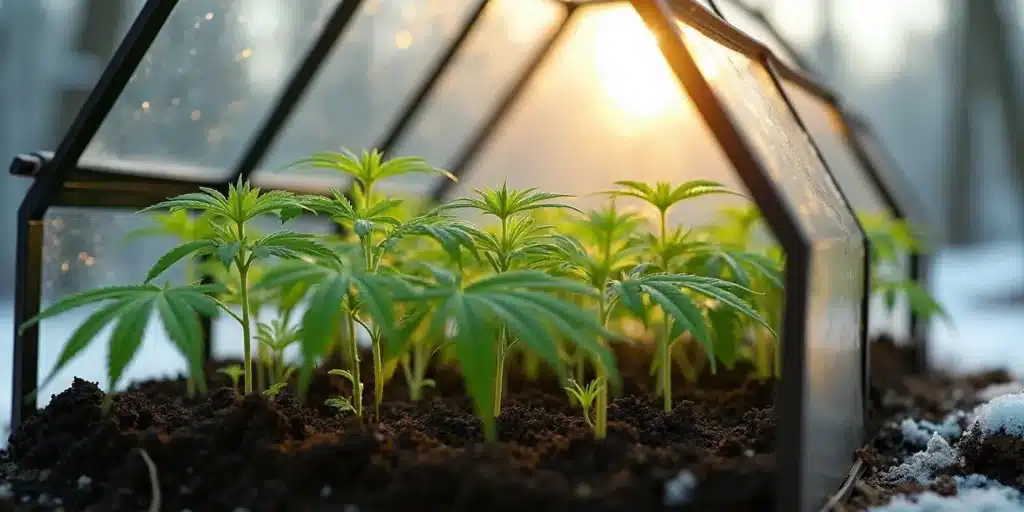
Factors to Consider When Choosing Seeds
Choosing the right seeds for cold climates involves considering several essential factors that can influence your success as a grower. Here are some key aspects to keep in mind:
- Flowering Time: Opt for strains with shorter flowering periods to ensure they mature before the colder weather arrives, typically aiming for those that can finish in 6-9 weeks.
- Resistance: Look for strains known for their resilience against mold and insects. These issues can be especially problematic in cooler, damp environments, so a strain that can fend off pests is ideal.
- Indoor vs. Outdoor: While some strains flourish indoors, those specifically bred for outdoor settings tend to be more adaptable to cold climates, so choose accordingly.
- Genetics: Consider strains with genetics originating from regions that have similar climates. These strains are often better equipped to handle local conditions.
- Personal Preferences: Reflect on your preferences regarding effects and flavors. Whether you prefer uplifting or soothing effects, there’s a strain that can suit your needs.
By carefully considering these factors, you can increase your chances of a successful and enjoyable growing experience. Take time to research different strains and consult with fellow growers for their suggestions and insights.
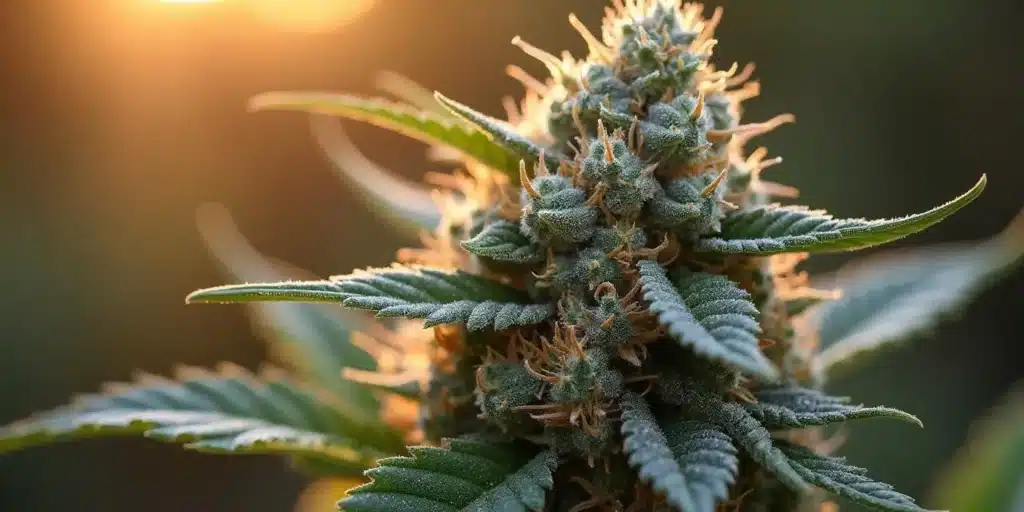
Promos & Deals
Top Cold-Climate Cannabis Strains
With a solid understanding of the characteristics and factors to consider, let’s explore some of the best outdoor seeds for cold climates. These strains are specifically known for their adaptability and resilience, allowing them to thrive even in cooler conditions.
1. Early Skunk
One of the top contenders for cold-weather cultivation, Early Skunk is celebrated for its hardiness and stress-resilient nature. It typically flowers in about 7 to 8 weeks, allowing it to mature before frost arrives. For those looking to cultivate cannabis without a significant investment of time or resources, Early Skunk serves as an excellent choice. Its balanced effects promote relaxation and stress relief, making it a favorite among growers and users alike.
Moreover, this strain doesn’t grow excessively tall, which is beneficial for managing space in outdoor gardens. The flavors ranged from earthy to spicy, offering a comforting aroma that resonates well with enthusiasts. Imagine enjoying a warm evening outdoors, savoring a moment of tranquility with the pleasant scents of your garden surrounding you—what a perfect way to unwind!
2. Sweet Tooth
Another fantastic option for those navigating colder climates is Sweet Tooth, known for its delightful fragrance and flavors reminiscent of candy. With a flowering time of around 8 to 9 weeks, this strain is relatively quick while producing significant yields. Bred from Afghan and Hawaiian genetics, Sweet Tooth boasts the ability to flourish in less-than-ideal weather, providing an enjoyable experience for novice and experienced growers alike.
The soothing effects of Sweet Tooth make it perfect for unwinding after a hectic day. It’s particularly appreciated for its therapeutic properties, often helping users manage stress and anxiety. Picture yourself at the end of the day, enjoying a sweet, dessert-like experience that lifts your spirits. This strain would make a lovely addition to your garden with its inviting aroma and relaxing effects.
3. Northern Lights
Recognized as a classic strain, Northern Lights is celebrated for its impressive resilience and robust nature. Initially bred in the Pacific Northwest, it flourishes in colder climates, making it an optimal choice for outdoor growers in similar regions. This strain typically flowers in about 8 weeks, allowing for timely harvests before the chill of winter sets in. Its buds are densely packed and richly adorned with resin, showcasing the strain’s notable potency.
The flavor profile of Northern Lights features sweet and spicy notes, with effects ranging from soothing relaxation to uplifting euphoria. Its rich history and legendary status in the cannabis community add to its allure. Imagine the satisfaction of harvesting a bountiful crop of Northern Lights, enjoying the fruits of your labor in cozy gatherings with friends. It’s a celebration of both nature and community.
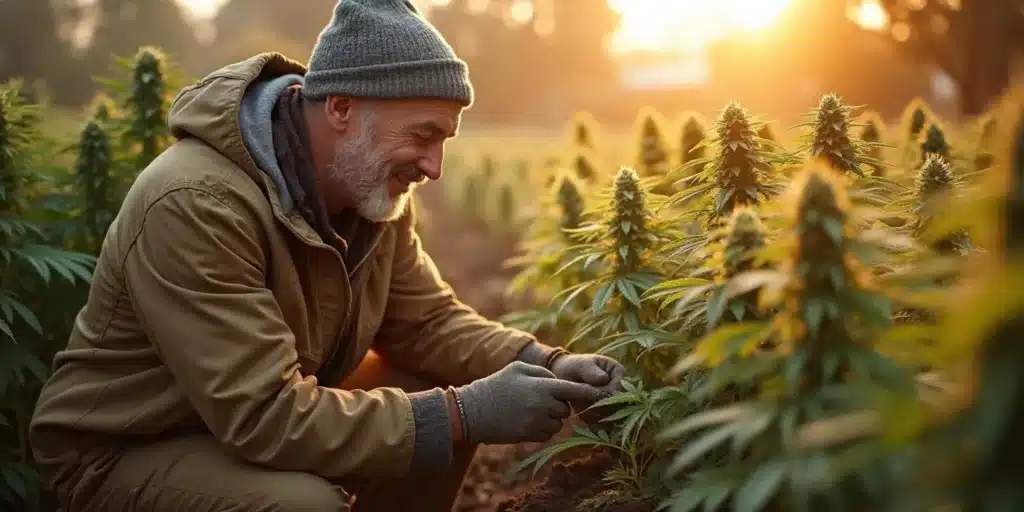
Growing Tips for Cold Climates
To ensure a successful harvest in colder regions, here are some practical tips to help you maximize yields and maintain healthy plants while making the most of their environment:
- Choose Your Location Wisely: Seek out sunny locations that receive at least six hours of direct sunlight daily, as this helps plants grow stronger and more resilient against the cold.
- Soil Preparation: Use rich, nutrient-dense soil and consider enhancing it with organic matter. Ensuring good drainage is crucial to prevent waterlogging during the wet season, which could harm your plants.
- Consider Domes or Greenhouses: If feasible, providing extra protection with domes or mini greenhouses can help capture warmth and create a microclimate conducive to plant health.
- Monitor Weather Conditions: Stay alert to weather forecasts, particularly for frost or heavy rain, as these can significantly impact your plants. Prepare to cover or protect them to minimize damage when necessary.
- Harvest Timely: Know the optimal time to harvest based on strain characteristics. If forecasted cold weather approaches, earlier harvesting might be necessary to preserve your crop.
Applying these strategies not only fosters growth but can enhance your gardening experience. Observing how the plants respond to both their surroundings and your care can be incredibly rewarding, creating a deeper connection to nature.
FAQ
What is the best time to plant cannabis seeds in a cold climate?
The best time to plant cannabis seeds in a cold climate is during the spring, right after the last frost has passed. This timing allows ample opportunity for growth, which is crucial as the soil warms up. Refraining from planting too early can help ensure that plants establish well and thrive as temperatures rise.
How can I protect my plants from frost?
To protect your plants from frost, you might want to use cloches or row covers that trap heat around the plants. For potted plants, bringing them indoors during particularly cold nights is an effective practice. Additionally, using frost blankets provides an extra layer of protection against low temperatures, ensuring the safety of your plants.
Are there any indoor options for cold climates?
Absolutely! Many strains can be cultivated indoors, regardless of external weather conditions. Indoor gardening enables you to control temperature, humidity, and light levels, creating an ideal environment for cannabis to flourish throughout the year. This flexibility also allows for year-round growth and production, breaking the limitations imposed by the seasons.
How often should I water my cannabis plants in colder climates?
Watering frequency can vary based on soil type and specific climate conditions. Generally, it’s best to allow the top few inches of soil to dry out before watering again. In cooler temperatures, plants often require less frequent watering since their growth rates slow down. Always observe your plants, as they will guide you in meeting their needs.
Can I use fertilizers during the cold season?
Yes, fertilizers can be used, but it’s essential to do so cautiously, applying them sparingly while choosing those formulated for specific growth stages. Over-fertilizing during cooler weather can stress plants, leading to undesirable results. Monitoring plant health closely ensures they receive the nutrients they need without overwhelming them.

